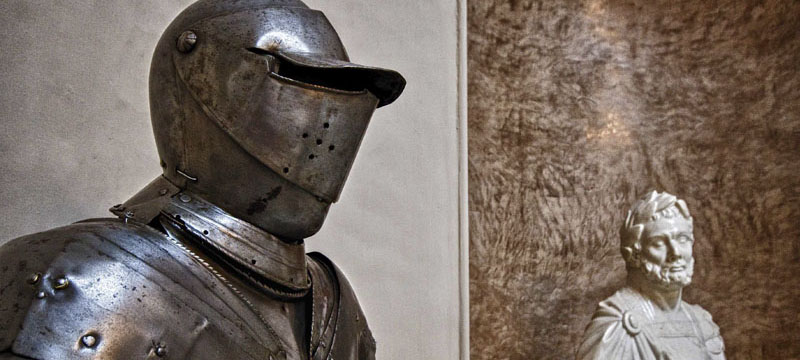History

Malta has a rich history spanning 7,000 years which have seen a succession of foreign conquerors ruling the island until 1964, when Malta gained its Independence after 160 years under the British rule. Ever since the Maltese islands were first colonised thousands of years ago, they have never been far from the centre of events and have often played a crucial role in the making of history due their strategic location in the centre of the Mediterranean Sea.
The Phoenicians, the Carthaginians, the Romans, the Byzantines, the Arabs and the Spanish all ruled the islands for varying lengths of time. The Arabs, who arrived in 800 AD stayed for over two hundred years and laid the foundations for the origins of the Maltese language. In 1530 the islands passed into the hands of the Knights of St John, who eventually surrendered these to Napoleon in 1798. The French rule was just a brief interlude of two years since in 1800, the British liberated the country from the French, after which started a 160 year period of British rule. During this period Malta played a crucial role in World War II. On 21st September 1964, Malta gained its Independence and became a Republic in 1973.
The main great influences in Malta have been predominantly:
- The Arabic period, which proved the basis of the Maltese language
- The period of the Knights of St John, which shaped the islands culturally, socially, commercially and artistically
- The British period, which introduced British justice, a unified modern code of laws, democracy, and administration
Traces of the cultures that passed through Malta are still evident on the island. Punic and Phoenician tombs are still quite numerous while several Roman and early Christian catacombs in Rabat are open for visitors. The ancient city of Mdina bears traces of its Arab past while the capital city of Valletta is an open history book on the era of the Knights of St. John. Furthermore, dating back to more than 3600 BC are the megalithic temples, huge stone structures built for the veneration of the Goddess of Fertility. These stone structures are considered to be the oldest free standing buildings in the world and considered world Heritage sites.
